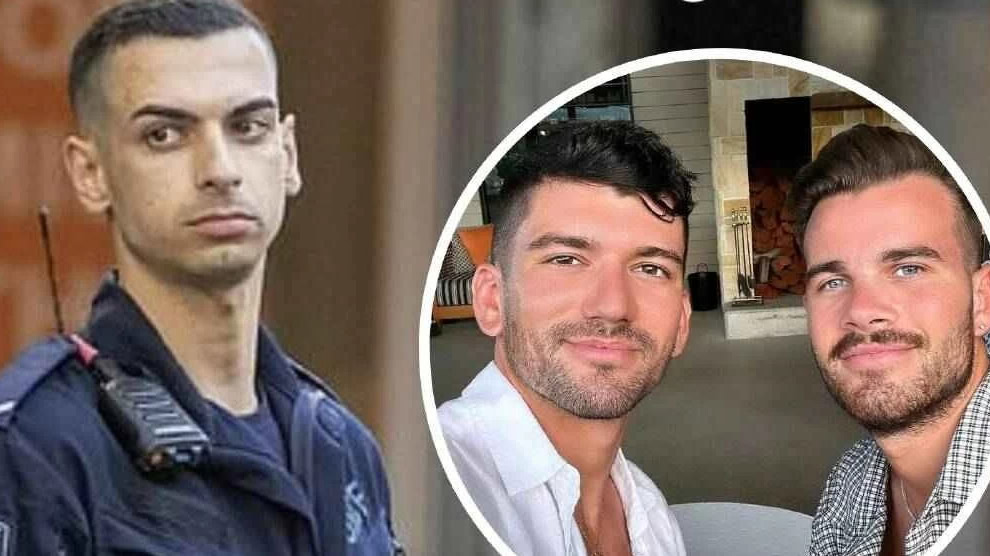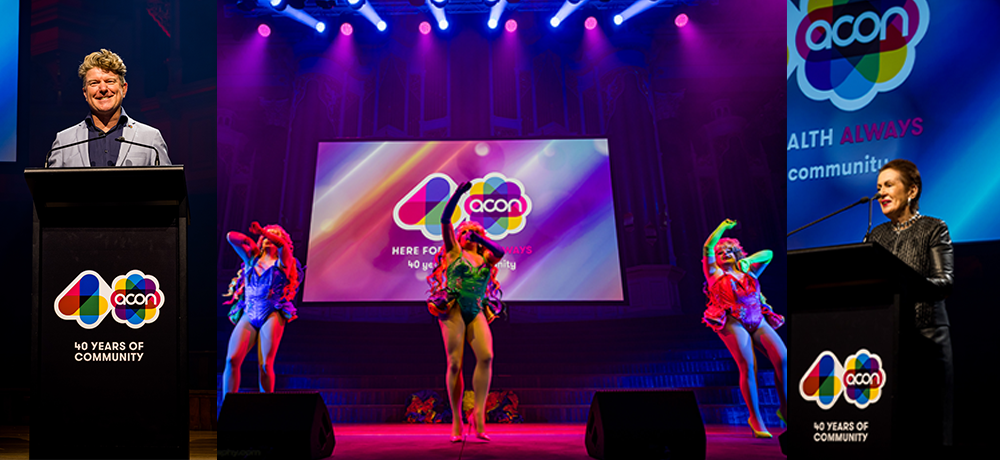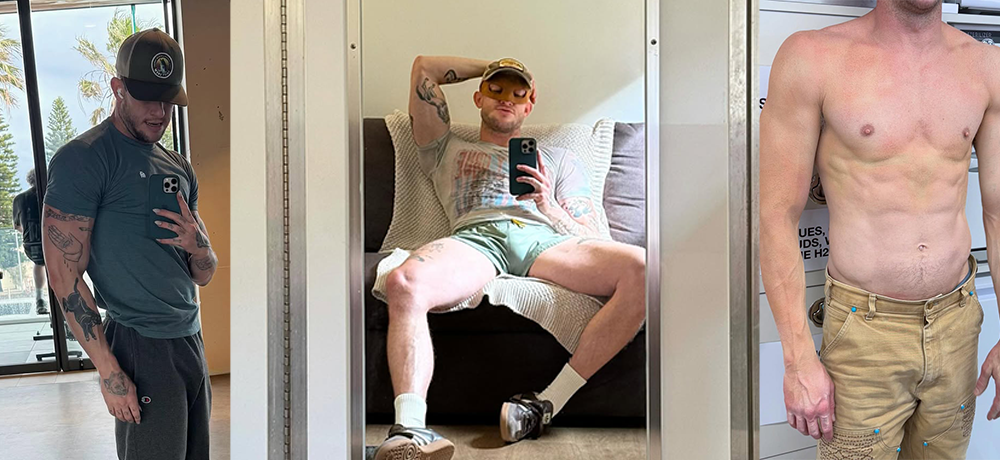
Wilde at heart
The witty and altogether wordy oeuvre of Oscar Wilde is an odd source of inspiration for a choreographer. Graeme Murphy disagrees.
This is my third go at a Wilde piece, because I did The Selfish Giant, which is a nice, tasteful work for children, then I did Salome, which is a nice, tasteful work for Christians, and now I’m doing The Picture Of Dorian Gray, which is a wildly tasteless work for everyone, he laughs.
Shades of Gray is based on Wilde’s only novel, The Picture Of Dorian Gray, the story of of an impossibly handsome man whose portrait absorbs the appearance of his sins. Despite Wilde’s decadent private life the novel is a moral fable, with the grotesque picture eventually slashed by the soulless Adonis. The result is a hideous reverse facelift and a Christian message for readers troubled by the book’s various queeny characters (including Dorian himself).
Murphy says Wilde needed a good editor -“ it was his ideas that appealed, especially the question of Dorian’s vanity.
The portraits we now have are bottles of Botox and dancers would sell their souls for eternal youth, he says, adding that dancers measure their careers in injuries, not minutes.
So Dorian in Murphy’s vision became a dancer and the work was transplanted from the 1890s to the 1960s, 70s, 80s and 90s, allowing Murphy to comment on a variety of decadent eras. The new setting also allowed for a potted history of movement. I got to be all the choreographers I never was! he says.
The big question is whether Murphy’s version of Dorian retains the homosexual subtext of Wilde’s novel.
It’s fairly overt in this production, I must say, he says. We go to the meatpacking areas of New York and the fetish clubs of New York in the 80s -¦
Not to put too fine a point on it, I think Rudy [Rudolph Nureyev] when I think of Dorian. I think of a dancer who had three decades on stage before he succumbed to AIDS -¦ he outlasted all of those partners, like Dorian, Murphy says.
It all gets a bit awkward at this stage, as the possibility emerges that the portrait might symbolise AIDS. Murphy thinks it’s an interesting idea, suggesting Wilde’s message was not so much about vanity but inevitability.
For 21st century audiences Dorian’s behaviour might be a metaphor for complacency about HIV. Or it might be about nothing at all.
I don’t want to do ballets that directly preach. I want to do ballets that evoke thought and concern and care, Murphy says.
It’s about movement after all, not words, and Murphy is not Wilde. Sometimes he rambled on forever, Murphy laughs.









